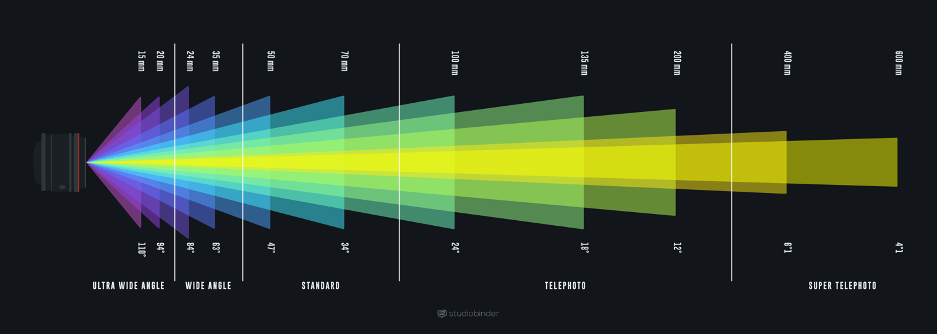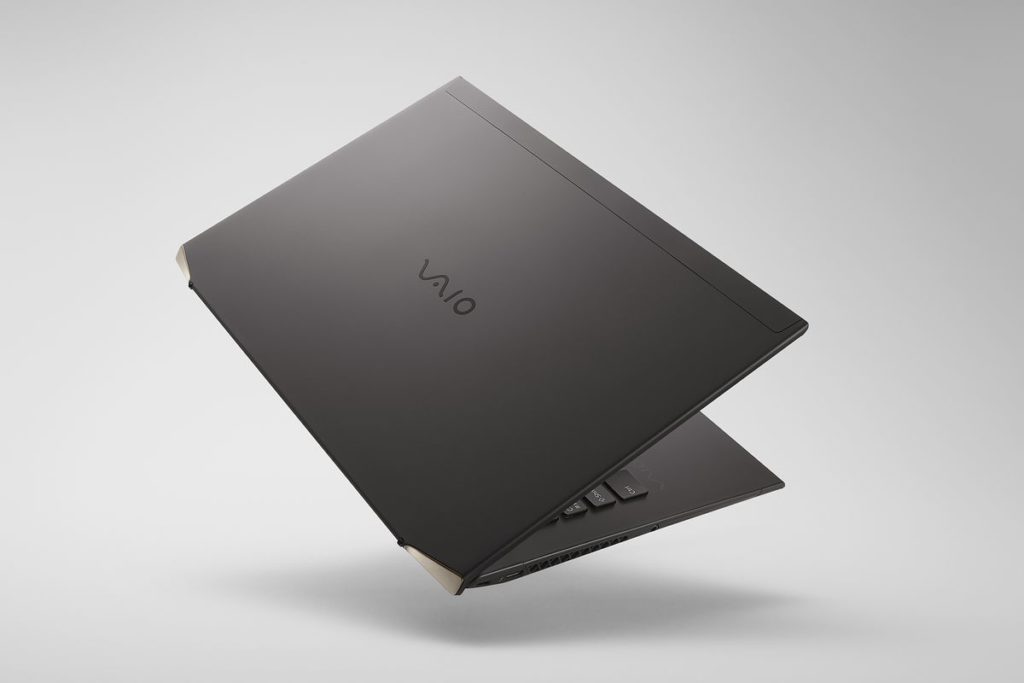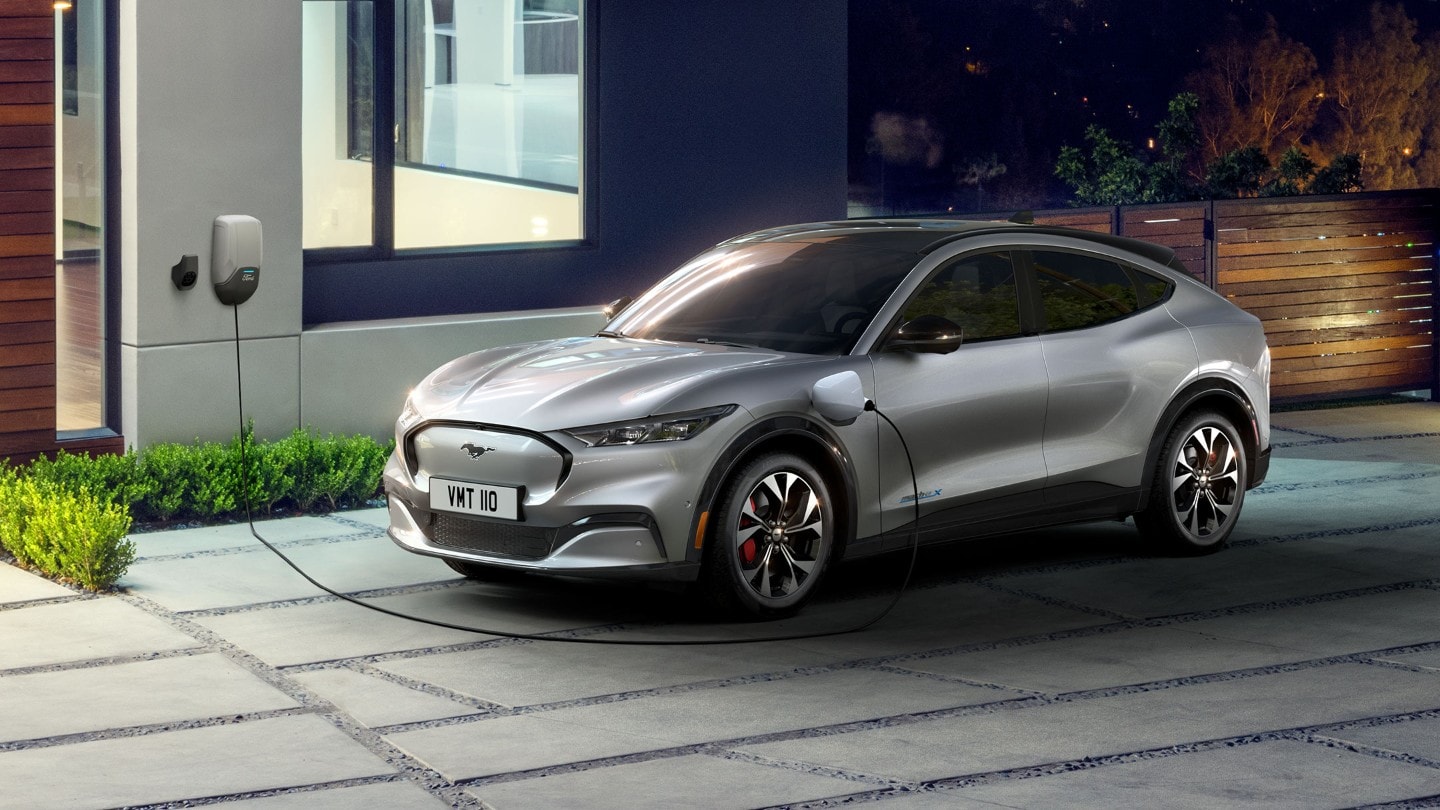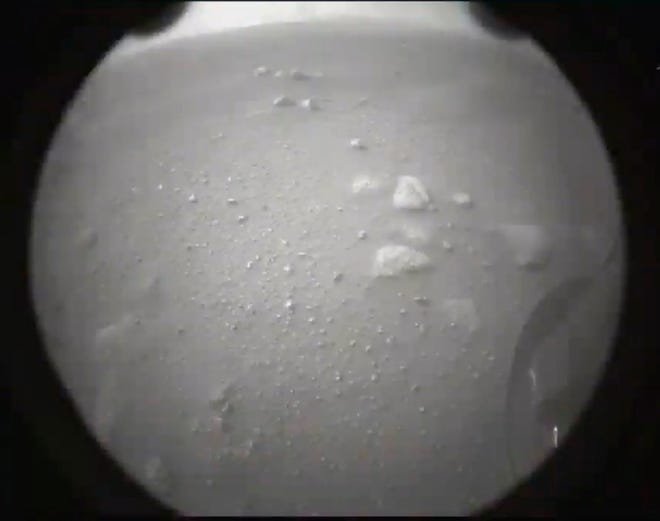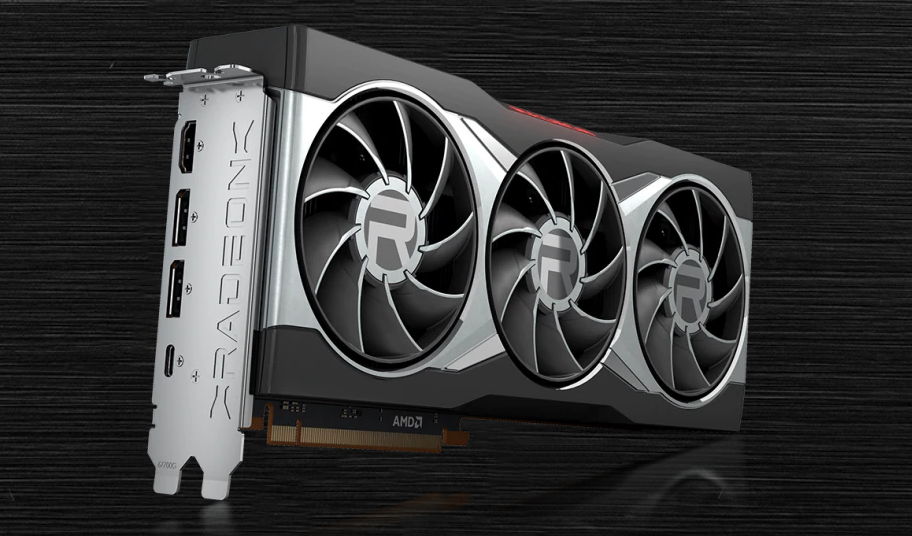Not so long ago drones became affordable enough for ordinary users. Now videos from drones are mainstream. However, drone world is really versatile, starting from industry drones and ending with FPV drones. Today I would like to tell about nearest release of DJI and its consequences.
On 2nd of March DJI will present their first FPV drone and it will be the last niche that they will cover. Before that, to fly on an FPV drone you had to build it by yourself. It was time-consuming and money consuming. Next problem is small time of flight, with new DJI FPV drone has 20 minutes of flight time. New drone comes with glasses and controller what helps to make connection more efficient, because all this parts work in one ecosystem. Thus, we see new level of FPV drones. Initial cost is 1300$, for drone, controller and glasses it is cheap enough if compare to self-made drones.

What about specs?
Camera has 142-degree angle. It shoots in 4k 60fps, thus, I may guess, it has sensor from Mavic Air 2, with quit good quality. It is needed to reduce the price.
In my opinion, the greatest advantage is gimbal that helps with stabilization of an image.
Finally, speed – 60-90 mph, relying on rumors. This makes DJI’s a great competitor in FPV world.
Summarizing my thoughts, I’m really happy with this, because DJI made ultimate FPV drone for everyone, what widely opens FPV market. This market was growing rapidly last year, but release of DJI’s drone will boost it drastically.
Sources: https://dronedj.com/2021/02/23/everything-about-djis-new-fpv-drone-specs-pictures-controller-more/




